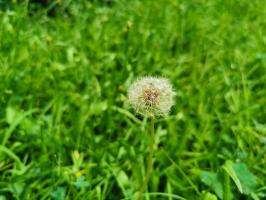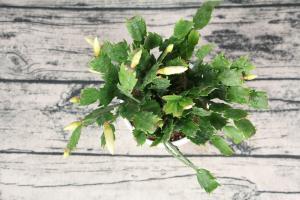Introduction
Tomato plants are some of the most popular and productive plants in a vegetable garden, but they can quickly grow out of control if not properly maintained. Trimming back your tomato plants is an essential step in promoting healthier growth, increasing fruit yields and improving the overall appearance of your garden.
When to Trim Back Tomato Plants
There are two key times to trim back tomato plants. The first is when the plants are young and have just begun to develop their first set of true leaves. At this stage, you want to pinch off the top of the plant to encourage a fuller, bushier growth habit. The second time to trim back tomato plants is when they are producing fruit. As the plant grows, it will produce new side shoots, or suckers, between the stem and the branch. These suckers can quickly grow into new branches, taking vital nutrients away from the main stem and reducing the overall number and quality of the fruit produced by the plant. Removing these suckers is crucial for maximizing your tomato yield.
The Tools You Will Need
Before you start trimming back your tomato plants, you will need to gather a few tools to make the job easier. You will need a pair of sharp, clean pruning shears or scissors, depending on the size of your plant. It's also a good idea to wear gloves to protect your hands from scratches or cuts. Finally, have a bucket or bag handy to collect the trimmings, as you do not want to leave them in the garden where they can attract pests or diseases.
How to Trim Back Tomato Plants
To trim back your tomato plants, start by identifying the main stem of the plant. This is the thick, central stem that runs from the base of the plant all the way up to the top. From the main stem, you will see smaller branches, and between these branches, you will see small, new shoots, or suckers.
To trim back your plant, start by removing any yellow or brown leaves or branches that look diseased or damaged. This will help to prevent the spread of any disease and promote healthier growth. Next, look for any suckers that have grown between branches on the main stem. Use your pruning shears or scissors to cut off the suckers as close to the stem as possible. This will help to promote better air circulation around the plant and focus the plant's energy on producing fruit.
It's important not to remove too much of the plant at once, as this can shock the plant and reduce its overall productivity. Instead, make small, strategic cuts over a period of several weeks to slowly shape your plant into the desired form. You should also avoid cutting off the top of your plant once it has reached its full height, as this can reduce the overall yield of fruit produced.
Conclusion
Trimming back your tomato plants is an essential step in promoting healthier growth, increasing fruit yields and improving the overall appearance of your garden. By removing suckers and damaged leaves, you can help to focus the plant's energy on producing more and better quality fruit. With a little bit of effort and patience, your tomato plants will reward you with a bountiful harvest of delicious, juicy tomatoes all season long.

 how many times do yo...
how many times do yo... how many planted tre...
how many planted tre... how many pine trees ...
how many pine trees ... how many pecan trees...
how many pecan trees... how many plants comp...
how many plants comp... how many plants can ...
how many plants can ... how many plants and ...
how many plants and ... how many pepper plan...
how many pepper plan...
































